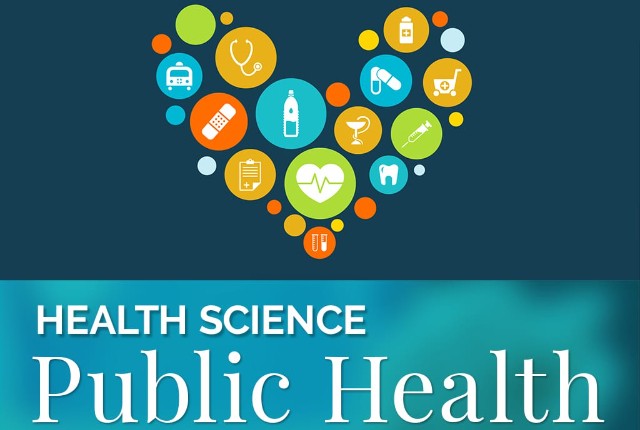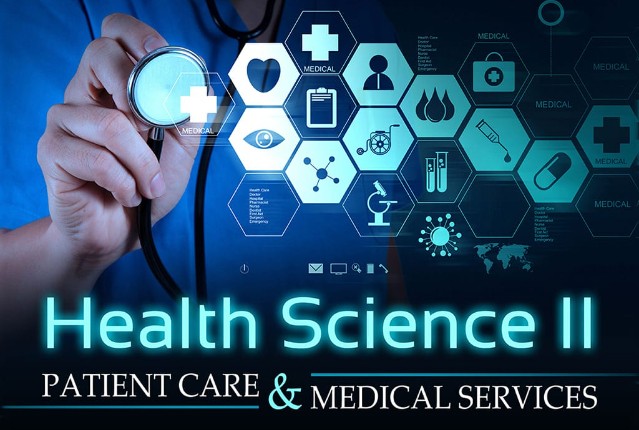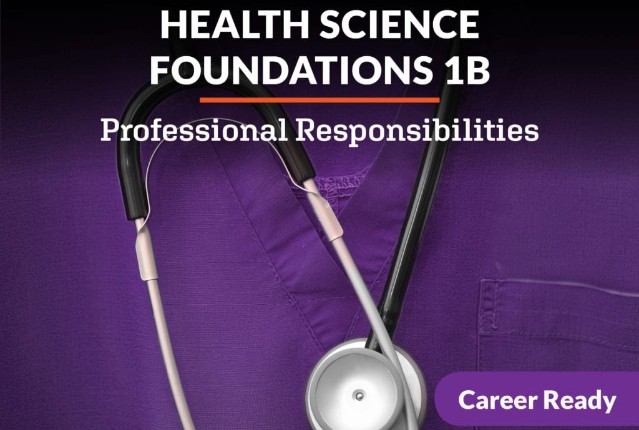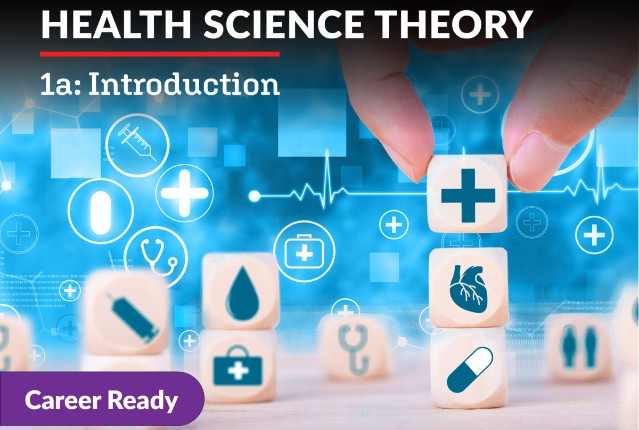
Health Science: Public Health
What is public health? Who decides which diseases get funding and which do not? What are the reasons for health inequality? Study both infectious and non-communicable diseases as well as learn how we conquer these on a community and global level through various methods, including proper hygiene, sanitation, and nutrition. Explore the role of worldwide current and future technologies and the ethics and governance of health on a global scale, and discover unique career opportunities you can pursue to make a difference.
Review course outlineAccess for a year
USD 299.00*
* Choose more courses to get a discount





